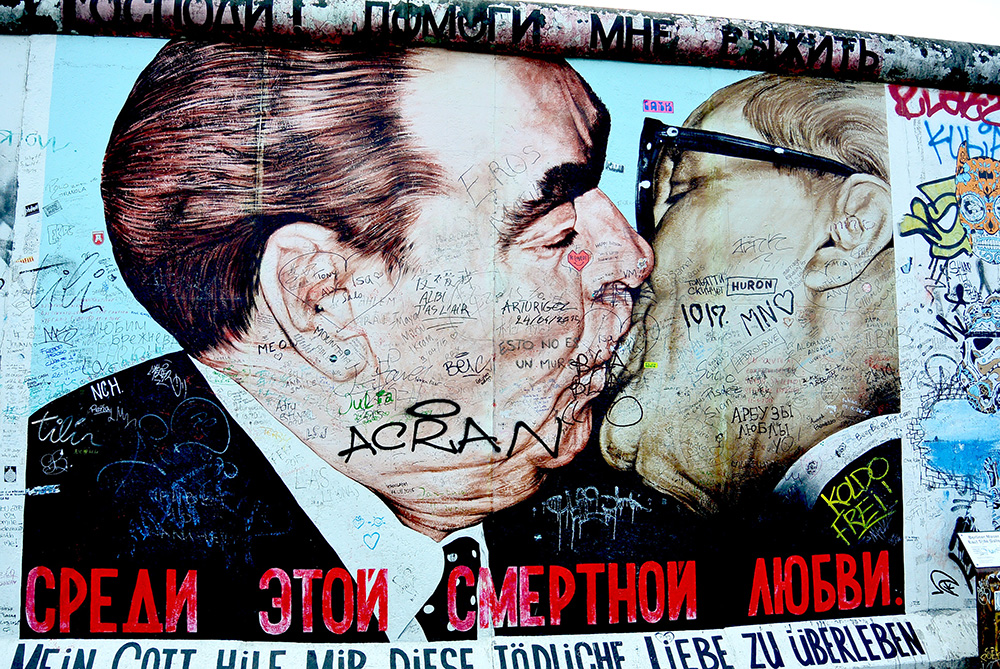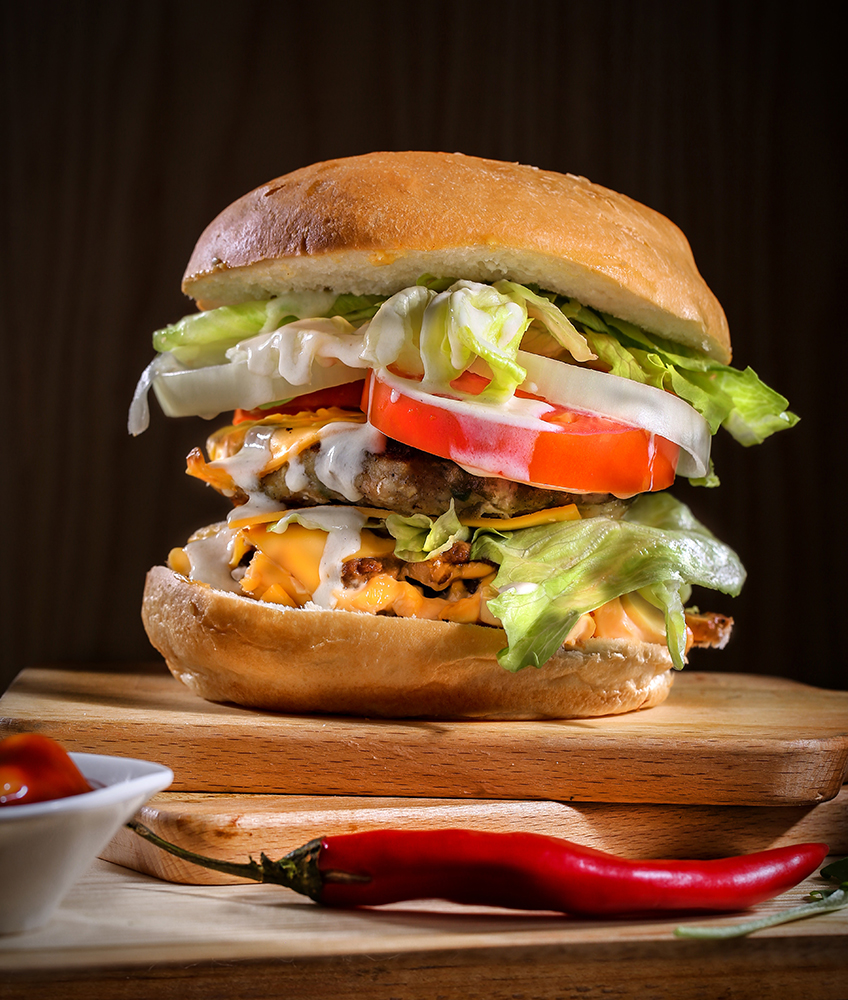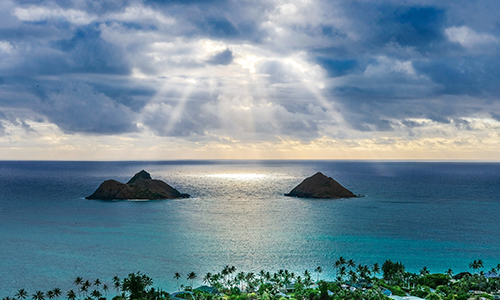
Nations in the region have wrestled with Indigenous issues for years, with some seeking to walk back or repair discriminatory policies encoded in their laws and traditions. To acknowledge that it is still struggling with a shameful past and the mistreatment of Indigenous people,Australia tweaked its national anthem last year to cut the word young from the phrase for we are young and free a nod to the implicit exclusion of the Indigenous presence before the countrys founding. But the country still celebrates Australia Day, which commemorates the arrival of the British in 1788, while Indigenous people refer to it as Invasion Day.
New Zealand, for its part, has taken an assertive approach to engaging with its colonial past, and is one of the few countries with a treaty governing Indigenous land redistribution. For decades, New Zealands Indigenous people were prevented from honoring their traditions. But the Maori language which New Zealands Indigenous people were long barred from speakingis undergoing something of a renaissance. Maori greetings are now common in public broadcasting, road signs are increasingly bilingual, and many young Maori have enrolled in government-supported Maori language courses in a bid to reclaim their heritage.
But archaic rules and mores are still embedded in many aspects of politics.
In 2016, Nanaia Mahuta was the first woman in Parliament to display a moko kauae, a sacred facial tattoo. When Ms. Mahuta became the countrys foreign minister last year, a conservative New Zealand author, Olivia Pierson, criticized the tattoo as inappropriate for a diplomat, calling it the height of ugly, uncivilized wokedom. Ms. Piersons comments were swiftly condemned, and her books were pulled from at least one major New Zealand retailer.

 Subscribe to The Daily Telegraph to get unrestricted digital access, home paper delivery, Apps for iPad and Android, member only +Rewards and much more…
Subscribe to The Daily Telegraph to get unrestricted digital access, home paper delivery, Apps for iPad and Android, member only +Rewards and much more…  Do you compost or buy second hand?
Do you compost or buy second hand?  The Newsreader review: Exhilirating Australian prestige drama
The Newsreader review: Exhilirating Australian prestige drama  Local shares fell on Friday as investors make last-minute adjustments to their portfolios ahead of the main index’s rebalancing, while unease over rising infections grows.
Local shares fell on Friday as investors make last-minute adjustments to their portfolios ahead of the main index’s rebalancing, while unease over rising infections grows. 


